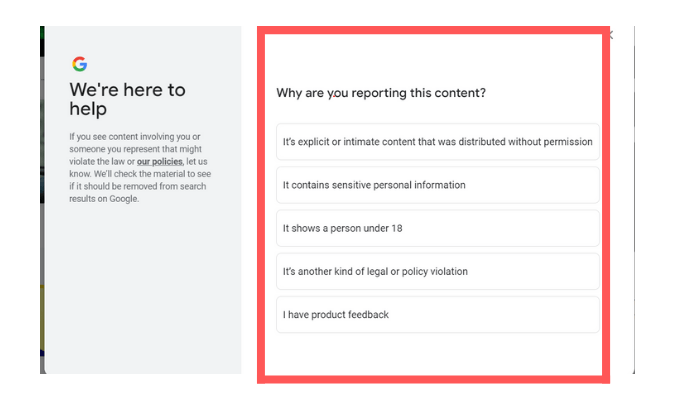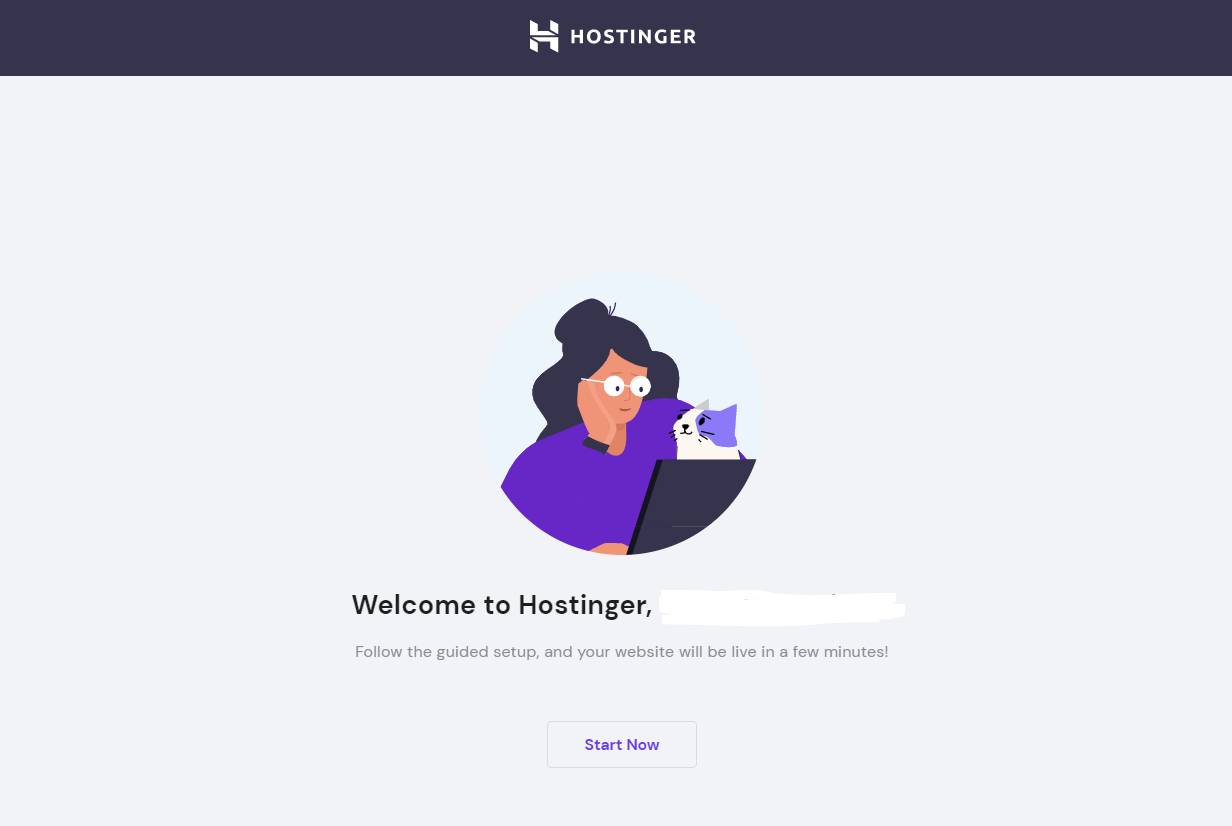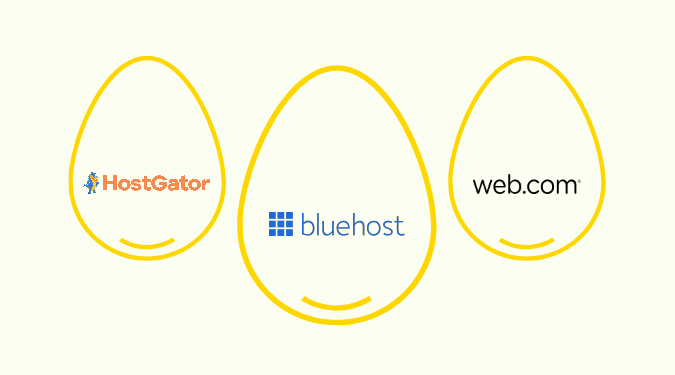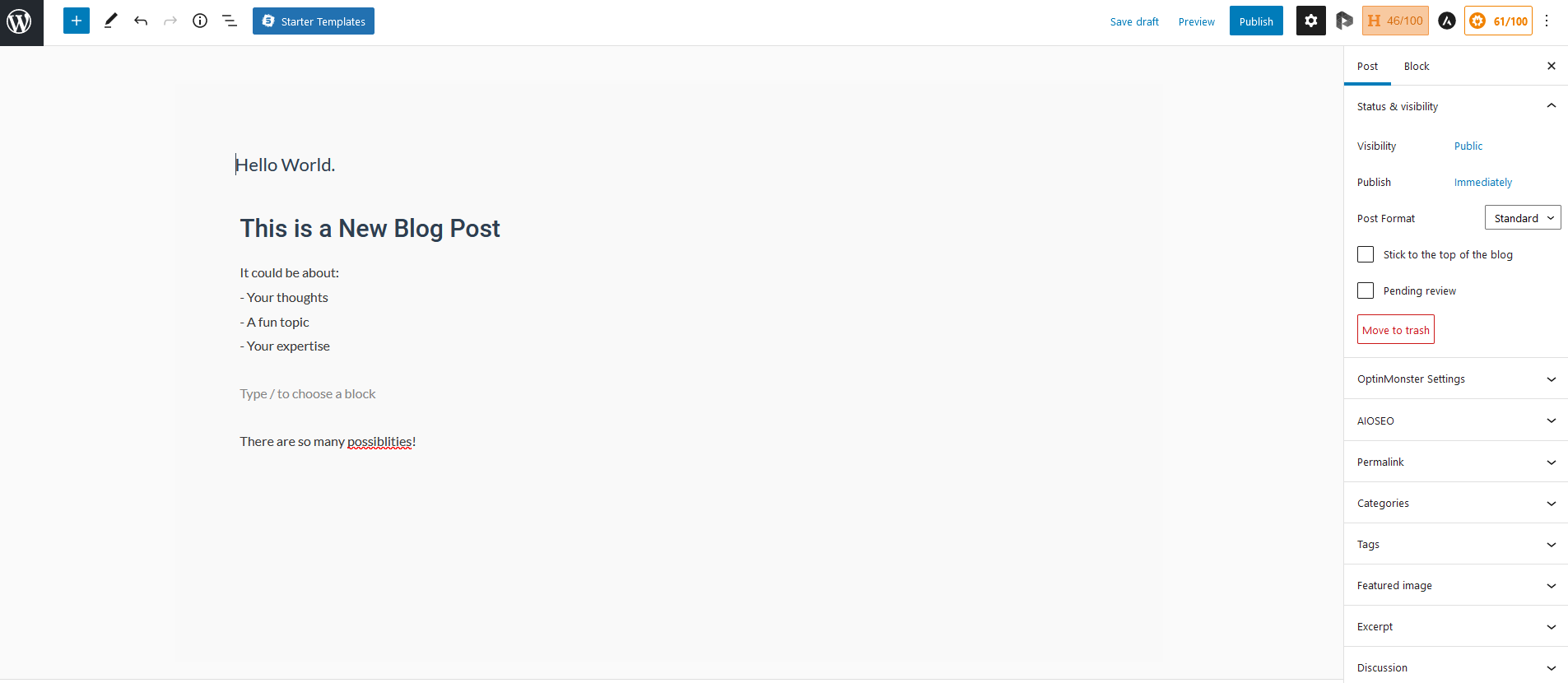Customer acquisition and customer retention are two halves of the same coin. They both revolve around building good customer relationships to grow a business and improve profitability.
But they do it in different ways, naturally. Customer acquisition is about using marketing to find and attract new customers, while retention is all about nurturing the customers you already have and, in some cases, keeping them coming back for more. While they’re both important for growth, they require different strategies and tactics for success.
How Customer Acquisition and Retention Are Similar
While customer acquisition and customer retention focus on different things, they have a lot of similarities in what they accomplish and require. Both focus on creating a great customer experience and they both bring in revenue for a business.
Let’s take a look at some of the key similarities between these two concepts and how they both require some careful planning and serious effort on your part.
Both Customer Acquisition and Retention Drive Growth
One of the major similarities between customer acquisition and retention is that the end goal of both is to grow a business—and its revenue—through customers.
Without customer acquisition, there is no business to begin with. But, without customer retention, a company becomes unsustainable. Acquisition contributes to growth by bringing in fresh revenue and growing the customer base while retention grows a business by creating stability and generating predictable, ongoing sales.

Both customer acquisition and customer retention contribute to growing a brand’s reputation. The use of content marketing and advertising in acquisition raises brand awareness, while retention’s goal of keeping customers happy leads to building a positive reputation through word of mouth and reviews. Both are essential for financial growth and maintaining an interested customer base.
Acquisition and Retention Each Require Strategic Planning
Another similarity between customer acquisition and retention is that they both need strong strategies in place to work. And neither strategy will prove effective unless you understand your target audience.
Customer acquisition relies on careful planning for how to reach prospects and warm up cold leads. You need to do market research, understand your unique selling proposition, and verbalize what problems you solve and for whom. That all will inform the strategy you put into action through outreach like content marketing and advertising.
Customer retention also requires a strong strategy based on understanding your current customers, their pain points, and what long-term value means to them. The deeper you can analyze these aspects of what led them to buy from you in the first place and what would lead them to purchase again, the more targeted your retention efforts will be.
Sometimes, the same strategies can even work for both. For example, social media and content marketing can be used to attract new customers and retain existing ones, even on the same platform.

A great example of this is Sephora. They use their Instagram to attract new customers by advertising sales, tutorials, and showcasing their products. But, they don’t forget about existing customers and also promote events, member-only sales, and their rewards program on the same channel.
Neither Work Without Consistent Branding
Customer acquisition works when businesses are able to resonate and connect with audiences through their branding, values, and guarantees. Similarly, businesses can only retain customers by living up to what the brand promises.
If branding is inconsistent or customers think they’ve dealt with a case of false advertising, it’s a big incentive to leave a brand and choose another one instead. Having consistent, strong, and clear branding that continues past the checkout page is essential to getting new customers and keeping current ones.
This goes double for following through on any claims about your brand or product. If you use a promise to attract customers and you can’t back up those claims, you won’t retain them. But, on the flip side, making promises that are true won’t just help you retain customers—it will help you attract new ones through word of mouth.
Take Vegamour as an example. They promise to improve hair growth and have the customer reviews back up those claims.

Many of their product reviews even reveal that people plan to buy again or encourage others to go out and buy the product, proving that consistency and walking the walk can boost both customer acquisition and retention.
How Customer Acquisition and Retention Are Different
While these similarities between acquisition and retention tend to focus on strategy and planning, the differences between them are more obvious in practice and in the outcomes.
These differences are important for knowing which of these marketing techniques you should focus on at different stages of business growth and why. Let’s take a look at where the two differ and how you can use that to your advantage:
Acquisition is More Expensive
One of the key differentiators between customer acquisition and retention is that acquisition is a lot more expensive. In fact, in a study by Invesp, acquisition was found to be five times more expensive than retention. That’s a big difference.
This is because acquiring new customers is more time-consuming, there’s more testing (and trial-and-error, at times) involved, and it usually requires some sort of paid campaign, like advertising or investing in content for marketing.
The key here is that acquisition starts with cold leads. There’s inertia to overcome in order to bring in leads, who likely aren’t fully ready to buy and need to be converted to warm leads first. That takes effort to justify to them why you’re the right choice out of all the options available to them.
On the flip side of that, customer retention still takes money and effort, but less is required when you are only dealing with customers that already know and trust your brand..
A great example of a low-cost retention strategy that a lot of brands use is a rewards program, like at Starbucks. Customers can collect points and get incentives like free coffee after buying a set number of items.

For a company as big as Starbucks, giving out free drinks every now and then doesn’t cost them much at all. But keeping customers coming back to them instead of losing them to competitors is worth a lot—much more than the lost revenue of an occasional free cup of coffee.
Plus, customers are encouraged to spend more since there is an incentive to unlock freebies and other rewards.
Compare this to acquisition, which involves Starbucks having to pay for advertisements, product placements, other forms of marketing, branding, and more. They obviously still need to keep growing their customer base through acquisition, but you can see how much cheaper and easier it is overall to focus on retention.
Retention Has a Better ROI
In that same vein, retention has a better return on investment (ROI) than acquisition.
If we look back at the study by Invesp, they found that the probability of selling to an existing customer is 60-70%, while with new customers, it’s only 5-20%. A massive boost in success rate is baked into retention, meaning that whatever you spend on retention efforts pays off more frequently (in addition to being less costly than acquisition efforts to begin with).
Customers that are loyal and have a good experience with the company thanks to a good retention strategy are more likely to recommend it to others through word of mouth, which is great for profit margins. In a different study by Invesp, it was found that customers are 90% more likely to trust a product if a friend or family member recommended it.
That’s free acquisition that comes from retention without having to spend or do anything more than what you’ve been doing to keep your customer base happy and coming back for more.

So when you look at those three factors together—lower cost compared to acquisition, larger increases in buying and spending, and word-of-mouth advertising—you can see how retaining customers offers a better return on investment than acquisition does.
Marketing for Acquisition Differs from Marketing for Retention
Although we mentioned earlier how both acquisition and retention can use similar strategies, like social media and content marketing, the way to approach each one should still be different.
Acquisition has to take cold leads and move them through a buyer journey bit by bit. This involves a very different process of empathizing with your audience’s problems, introducing your brand or product as a solution, and leveraging reviews and testimonials to build trust. The main marketing strategy around acquisition is to give customers a reason to choose your brand.
The big difference with retention is the marketing focus is on convincing customers not to choose another brand in the future. This usually revolves around giving customers incentives to stay or instilling a fear of missing out if they were to leave for a competitor. Common ways to accomplish this include the aforementioned rewards programs, membership perks, deals and discounts exclusive to returning customers, or even affiliate programs.
Retention Is More Experientially Focused
Acquisition relies heavily on marketing, but retention requires you to be intently clued into what makes a great experience for your customers. You need to provide a shopping experience and engagement that makes them feel valued and happy to be associated with your business.
So, the important point here is that retention extends beyond your marketing team or efforts, encompassing customer service, support, and continual interactions. While a rewards program is an easy tactic, it won’t do much if you can’t follow through on customer benefits like fast delivery or 24/7 chat support.
A business like Amazon is a good example of a brand that uses customer service and experience as a way to retain customers. Not only do they have an easy and flexible return policy, but they also have prompt customer support, and will usually do whatever they can to accommodate customers when they have a problem.

This makes customers feel safe coming back to the brand again when they are considering another purchase and makes them more likely to recommend it to others. On the flip side, if customers are unable to return items or have complaints about their experience with sales or support reps, they’re likely to leave the business forever and compound the negative effects by leaving bad reviews.















